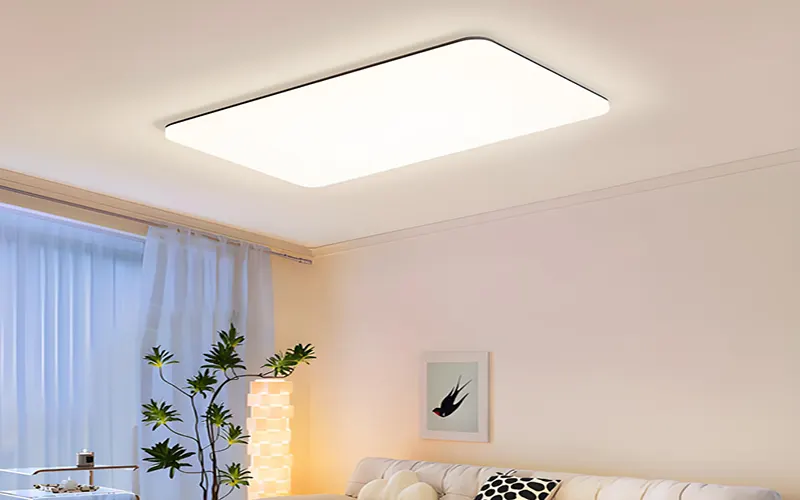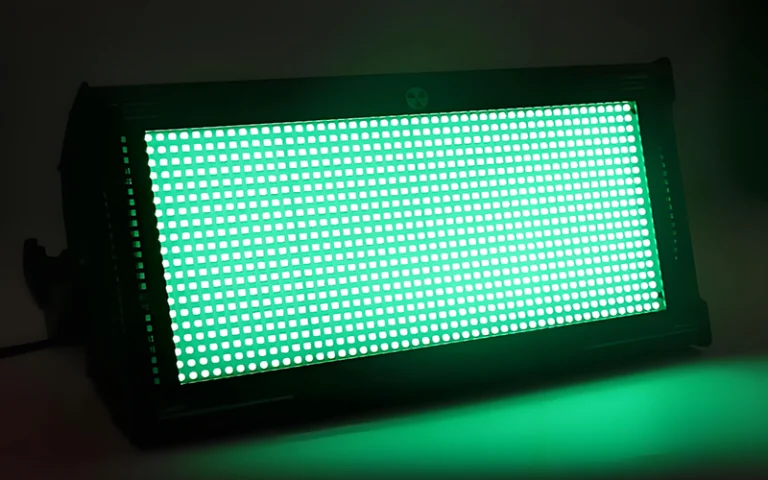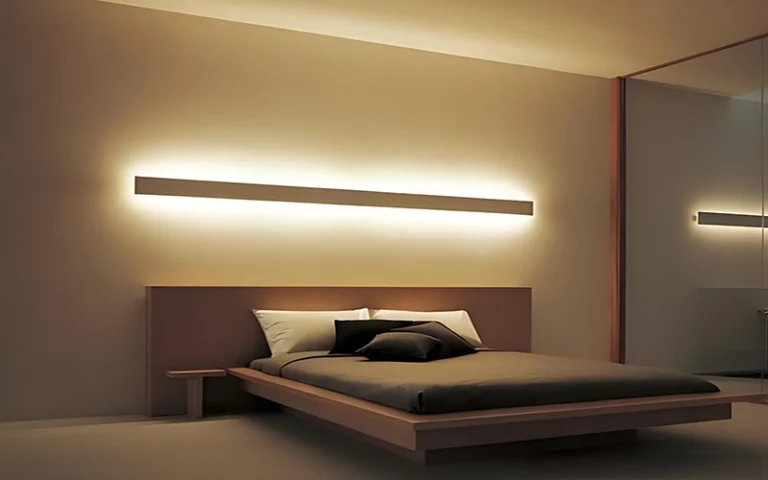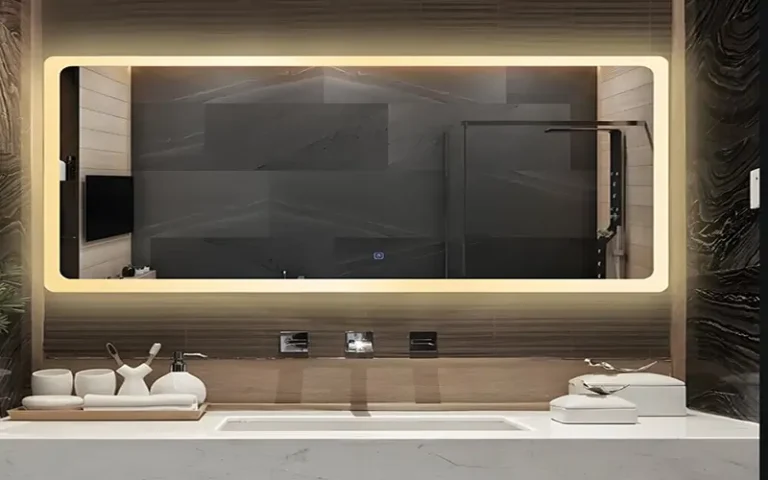Are LED Lights Safe?
As the lighting industry develops, LED lights have become the preferred lighting solution for homes, businesses, and public places. This is mainly because LED lights are energy-efficient, durable, and have more options. But as LED lights become more popular, questions about their safety also arise. Are LED lights harmful to the eyes? Do they contain toxic substances? Are they safe for children and pets? Do they affect sleep? In this article, we will answer these questions and explore the safety of LED lights from multiple angles.
What Are LED Lights? How Do They Work?
LED stands for light emitting diode, which is a semiconductor device that emits light when an electric current is passed through it. Unlike traditional incandescent lamps that use a filament to emit light, LEDs emit light through electroluminescence, a process that uses the movement of electrons in semiconductor materials.
LEDs are more energy efficient because they convert a higher percentage of energy into light rather than heat. This makes them more sustainable and last longer,
because they use less power to operate and last longer than other lighting options such as halogen or fluorescent lamps. They also contain no mercury, making them safer for the environment when disposed of.
Are LED Lights Safe for the Eyes?
As our exposure to LED lights increases, we all have concerns about whether they can damage our eyes. In general, the answer is no, but we also need to avoid prolonged exposure to LED lights. More details, pls read Are Warm White LED Lights Bad For Eyes?
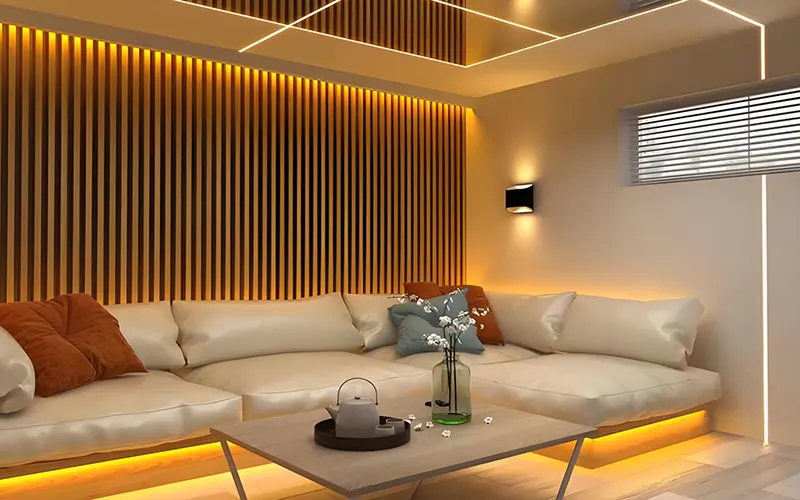
LED lights emit blue light, and long-term exposure to blue light may cause potential damage to the eyes. Blue light is part of the visible spectrum, with shorter wavelengths and higher energy.
So don’t be too concerned about long-term exposure to large amounts of blue light, which can cause eye fatigue and discomfort. However, most people are exposed to blue light through screens (smartphones, tablets, computers) rather than LED lights themselves.
Do LEDs Contain Toxic Substances?
Rather than asking whether LED lights contain harmful substances, it is better to ask whether the raw materials of LEDs contain harmful chemicals, such as mercury. Traditional fluorescent lamps do contain small amounts of mercury, while LED lights do not contain mercury. This makes them a safer choice both for indoor use and after disposal.
In fact, LED lights may also contain trace amounts of other substances, such as lead in the soldering process and arsenic in the chips. However, the content of these substances is extremely small.
So, don’t worry too much, under normal use conditions, LED lights are considered non-toxic. When used in residential or commercial environments, they pose little threat to human health.
Are LED Lights Safe for Children and Pets?
LED lights are generally safe for children and pets. But as with any household item, safety precautions should be taken to avoid accidents. Try not to touch LED light strips, and while the risk of burns is small, it is still important to take safety precautions.
In addition, unlike fragile glass bulbs, LED lights are not easily broken when dropped. This makes them safer for homes with young children or curious pets. However, it is still important to choose LED lights that are child- and pet-safe and place them in a safe location.
In terms of light quality, LEDs can sometimes emit bright, harsh light, which may be uncomfortable for young children. So choosing LED lights with a higher color temperature and dimmable light can help create a more comfortable lighting environment in a child’s room.
Are LED Lights Bad for Sleeping?
The effect of LED lights on sleep is a complex issue. On the one hand, LED lights can be used to create a comfortable and pleasant environment to promote relaxation and sleep. On the other hand, the blue light emitted by LED lights can interfere with the secretion of melatonin, a hormone that regulates the sleep-wake cycle.
However, in order to minimize the impact of LED lights on sleep, it is important to choose bulbs with lower color temperatures and avoid using screens or other devices that emit blue light, such as mobile phones and computers, before going to bed.
In addition, using blackout curtains or eye masks can help us create a darker sleeping environment, thereby improving sleep quality.
How to Choose Safe and High-quality LED Strip Lights?
When choosing LED light strips, quality, integrity, and safety are all important. Here are some tips for choosing safe and high-quality LED strip lights:
- Test product samples: When we are looking for LED light strips, I believe that no one will say that the quality of LED light strips produced by their own home is not good. So it is best to test samples.
- Warranty: Higher-quality LED strip lights suppliers generally provide a shelf life of 3-5 years.
- Choose a reputable brand: Choose a reputable brand with a history of safe and reliable LED light strip production.
- Check product specifications: Choose LED light strips with low power consumption, high brightness, and long life. In addition, consider the color temperature and color rendering index (CRI) of the light strips to ensure that they meet your needs.
- Customization and quality service: Choose a product that supports customization services. Customization is a great way to add a personalized touch to your space.
ESSENLED is a professional manufacturer of LED strip lights and neon lights that offers a range of customisation options. With our product designs and a product quality guarantee of up to 3-5 years, we can help you create the perfect LED lighting solution for your needs.
We support customisation, also offer a series of high-quality services to ensure your satisfaction. Our team of experts can provide guidance on choosing the right LED lights for your space, as well as installation and maintenance support.
Conclusion
LED lights are generally safe when used correctly, and they are environmentally friendly and long-lasting. By understanding the potential risks of using LED lights and taking the proper precautions, you can enjoy the benefits of LED lighting without having to worry about safety issues.

